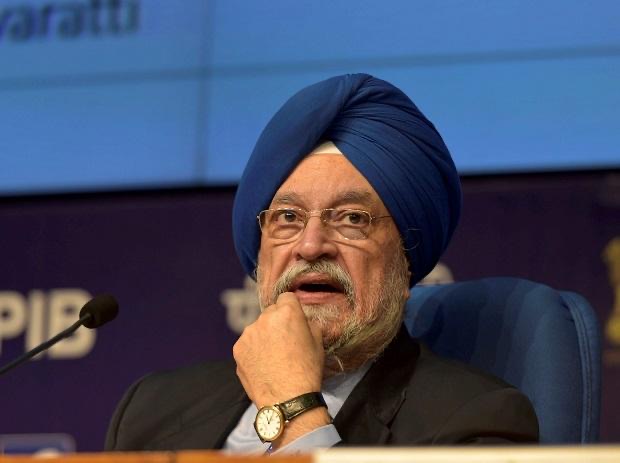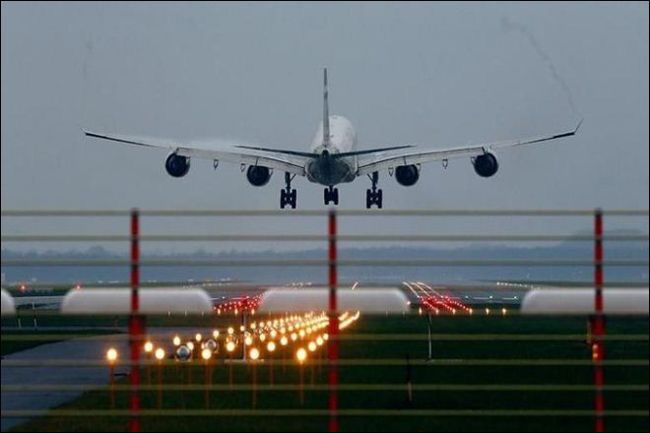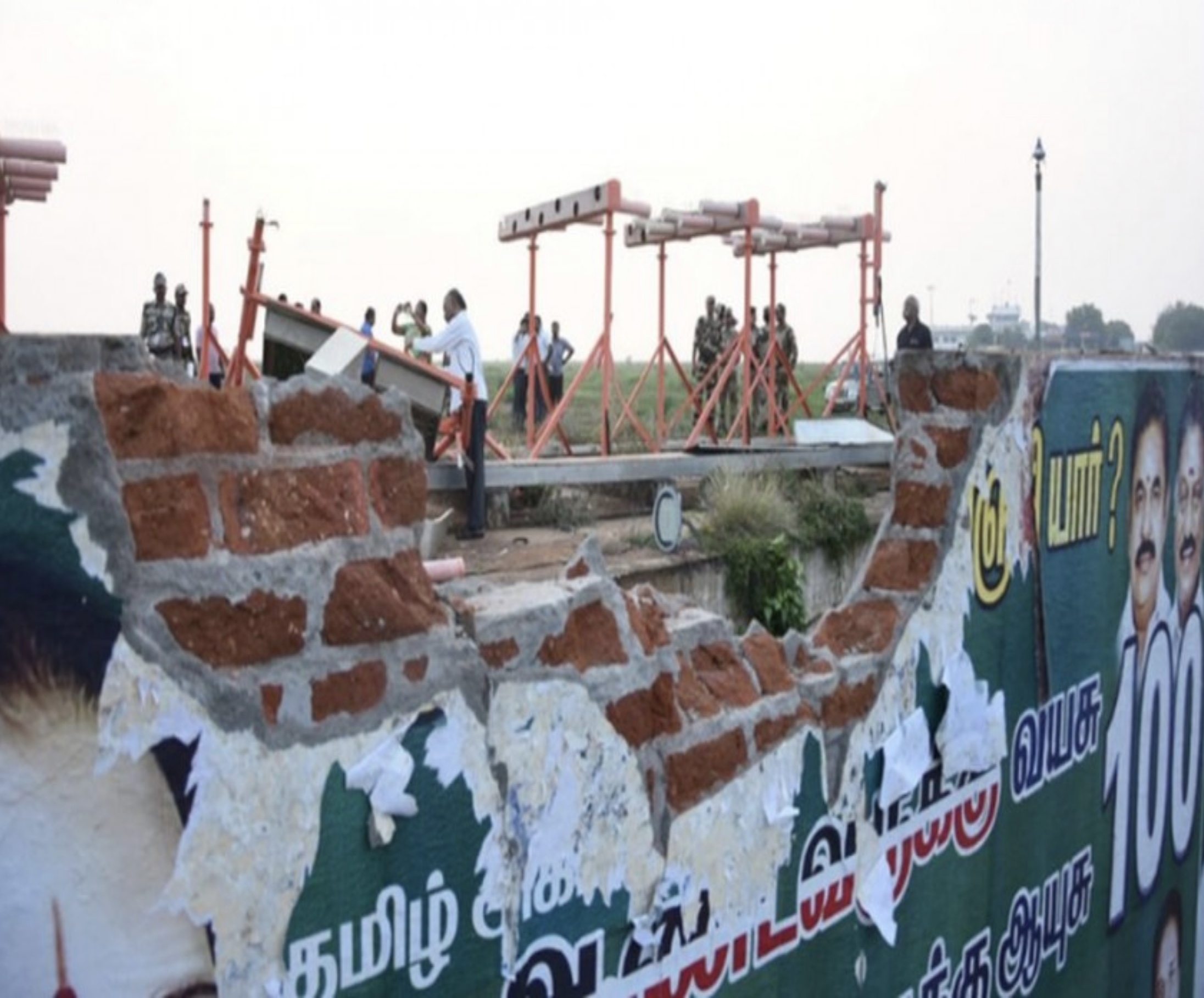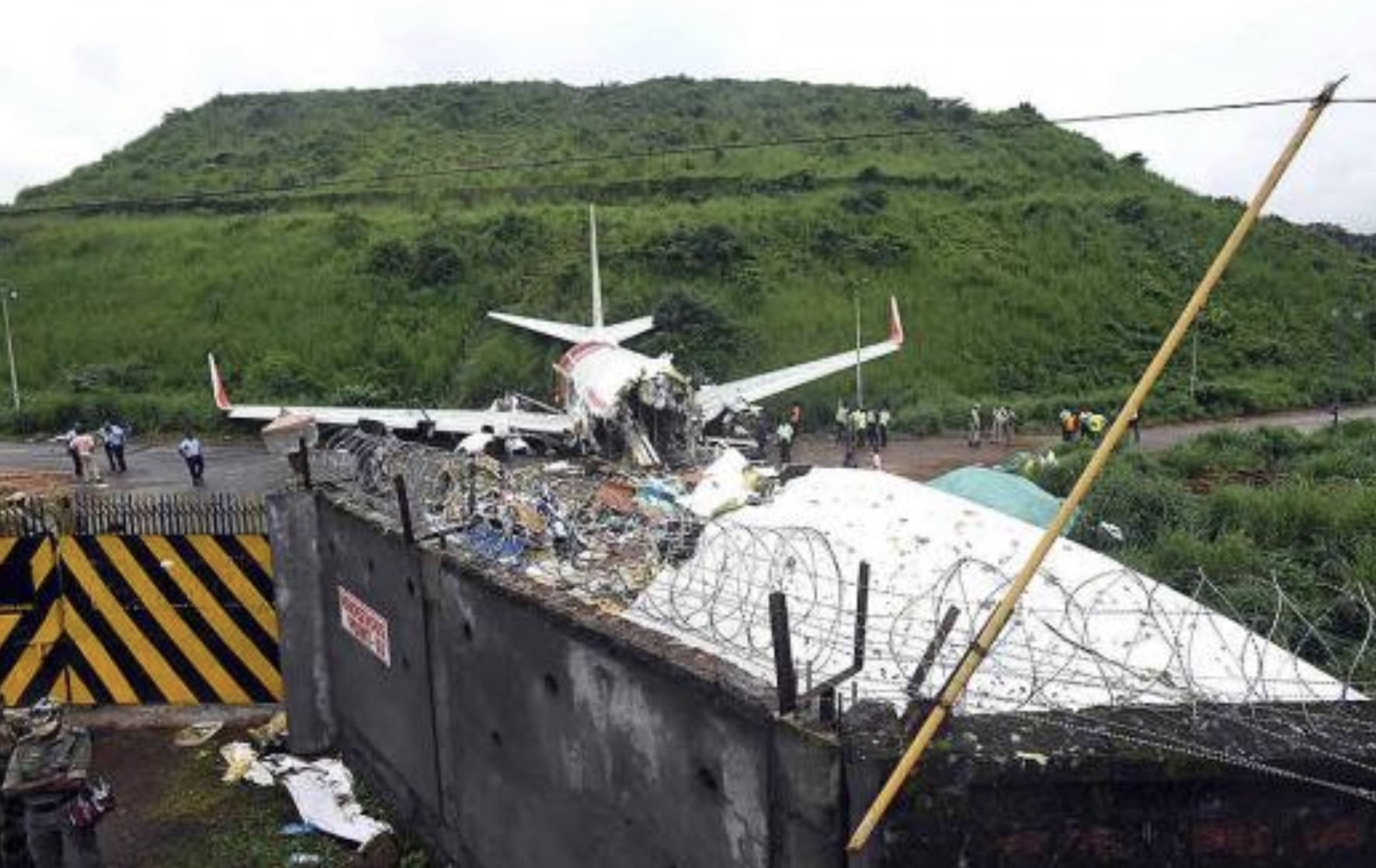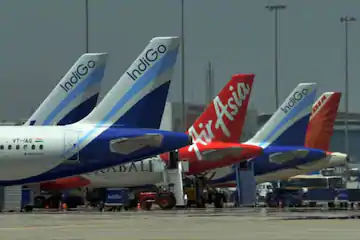
From Air Bubble Pacts to RCS-UDAN, Here’s Aviation Ministry’s Revival Plan for Industry
COVID-19 has put a hard brake on the aviation industry across the globe as the of contamination has stopped passengers from taking a flight and going out. With India announcing nation wide lockdown from March 23 and other countries banning entry and exit from the country, movement of people was restricted completely for at least a couple of months.
However, India was among the only country to announce a repatriation drive called ‘Mission Vande Bharat’ bringing back lakhs of stranded Indians from various countries despite flight ban. Later, the government announced Air Bubble agreement with various countries to ease the travelling.
Not only this, government has undertaken various measures to revive the slowdown in the aviation industry and here’s a list of all the efforts made to reduce the impact of the pandemic on the aviation sector.
– India was among the first few countries to band and then restart the domestic air services, albeit in a calibrated manner. Initially only one third (33%) of the summer schedule 2020 was allowed to be operated which was subsequently increased to 45% on 26 Jun 2020 and then to 60% on 02 Sep 2020. Facilities like booking middle seat for social distancing, providing PPE kits onboard and more were taken to ensure less contamination in the aircraft.
– Operation of Regional Connectivity Scheme (RCS) – UDAN flights were allowed without the above-mentioned restrictions. Many cities which were earlier not in the aviation map were added to enhance regional connectivity and further more airports are in process of completion.
– Exclusive air-links or Air Bubbles have been established with countries which include Afghanistan, Bahrain, Canada, France, Germany, Qatar, Maldives, UAE, UK and USA. These are temporary arrangements aimed at restarting international passenger services while regular international flights remain suspended due to COVID-19.
– During the pandemic, Delhi’s IGI airport emerged as a hub for cargo transport in the country. Not only Delhi, but all airlines and airports functioned as cargo terminals whenever required transporting essential materials not only for domestic purposes but to international destinations too.
– Government earlier announced that India will emerge as a hub for Aircraft Maintenance, Repair and Overhaul (MRO) services and keeping in line the same, GST rates were reduced to 5% for domestic MRO services.
– In a major change of Route rationalisation, Civil Aviation Ministry coordinated with the Indian Air Force for efficient airspace management over the Indian airspace. This resulted in shorter routes and reduced fuel burn for civil aircrafts.
– Government also announced Mission Vande Bharat, one of its largest kind of repatriation drive to bring back stranded Indians on a chargeable basis, giving airlines like Air India, Spicejet, Indigo and GoAir and opportunity to operate some of their flights on international routes.

